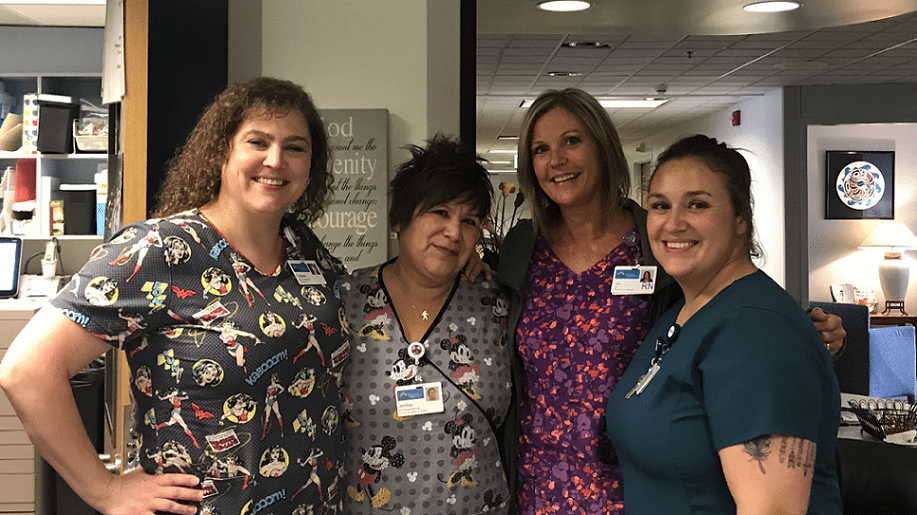HarborCrest Behavioral Health, the detoxification and treatment center at Grays Harbor Community Hospital (GHCH), began treating patients in February 1983. Over the past 35 years, the center has cared for more than 10,000 people suffering from substance use disorders.
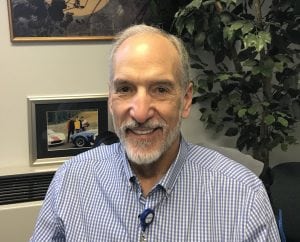
Dr. Bruce Worth, a family practitioner with a certification in addiction medicine, accepted an invitation to serve as the interim medical director at the program’s inception.
“35 years later, I’m still here,” says Worth. “At first, I thought I would practice addiction medicine just temporarily. And then I found out that I liked it. You start to have a chance to see people get well. That’s what keeps us going.”
Worth treats patients along with Dr. Hans Geisse, an internist with 20 years of experience in addiction medicine. They work with a stellar staff of nurses, chemical dependency counselors, specimen technicians and a nutritionist. The majority of the staff also take on extra assignments, teaching classes that run the gamut from parenting and tobacco cessation to sober recreation activities.
“We have a lot of longevity among the staff,” explains Tracie Moen, nurse manager and a 12-year veteran at the center. “We stay because of the support, we treat others the way we want to be treated, because we care about our patients, and we love what we do. You see how Dr. Worth and Dr. Geisse treat the patients, with dignity and respect. That comes from the top all the way through the organization.”
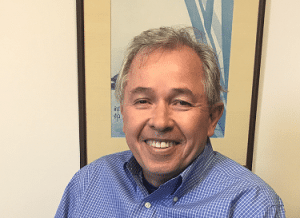
That environment of professionalism and respect has proved integral to the success of the program. For seven years, HarborCrest has earned the national Excellence in Healthcare award. This award is based on patient surveys and recognizes organizations that achieve excellence by improving patient experiences.
“It’s really because of the staff we have,” says Worth. “Patients aren’t treated like pariahs here. They are all treasured. They come in beat up. Our job is to be the cheerleader and help them find solutions.”
Patients feel the love, and it helps give them the hope they need to heal. “The nurses were absolutely amazing,” One patient wrote. “They made me feel like the queen of the world.”
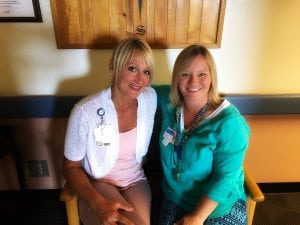
HarborCrest offers a mix of inpatient and outpatient treatment programs. Inpatient programs include an intensive detoxification and stabilization program. Detoxification typically lasts about three days, followed by seven days of stabilization and education. Patients receive medical and mental health interventions as needed throughout their stay.
By the end of the stabilization phase, the patient will have a plan in place for ongoing recovery. This typically includes a 12-step program. Patients needing longer treatment may transfer to a residential program at another facility. Others will begin outpatient treatment, often at HarborCrest.
For pregnant women, the center offers the Chemical Using Pregnant Women Service (CUPS). One of only three programs in the state that take care of pregnant women with use disorders, the CUPS program provides a 26-day program (that is funded by state Apple Health). In addition to detoxification and stabilization, the program focuses on restoring health, providing obstetrical care and promoting long-term recovery.
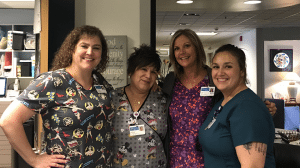
A key piece of the outpatient programming at HarborCrest involves medication-assisted treatment for opioid use disorders. Over the past three decades, Worth has seen a shift in use disorders from alcohol to opioids. Treatment programs have evolved, as well, and the center employs buprenorphine (Suboxone) as the preferred opiate replacement therapy.
“With medically-assisted treatment for opioid use disorders, we’ve seen the percentage of patients still sober after a year jump from 2-3 percent to closer to 40-50 percent,” explains Worth. “I love that program, because you see people whose lives are just ruined become so functional.”
Another key indicator of success involves positive family support. Patients whose family members participate in recovery in appropriate ways have a much higher rate of sobriety than patients with no family or with continued negative family interactions. To that end, HarborCrest offers an integrated family program focused on building and restoring relationships.
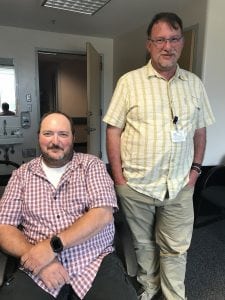
“There’s no sobriety in a pill,” Dr. Worth says. The combination of medical treatment, counseling, special programming and family support all work together to build a successful program. And at the end of the day, the patients themselves are the solution.
“I absolutely love the population that we work with,” says Angela Brumfield, clinical supervisor. “They are really great people with a lot of different talents who come from all walks of life. To see them change their lives is amazing. We get to see miracles happen.”
And they do change their lives. Some time ago, a mom and dad came in for treatment after losing everything: their home, their jobs and their children. Now, one works for CPS and the other is pursuing a college degree. They have their kids back, and they are buying a house.
Sponsored


































